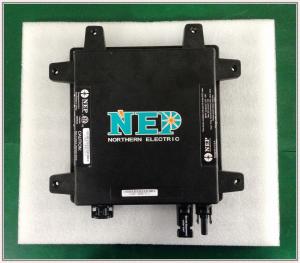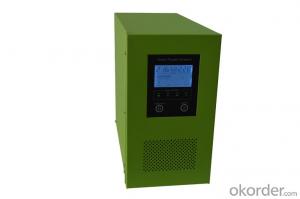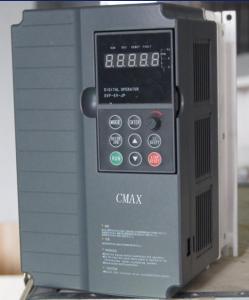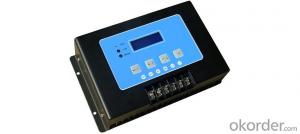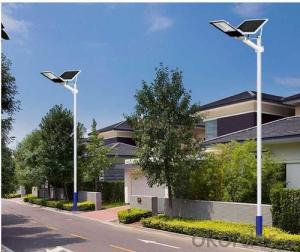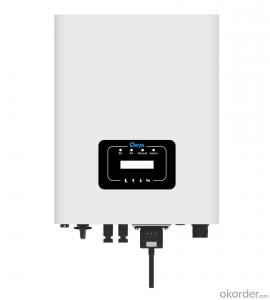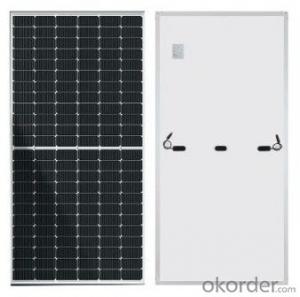Solar Edge Inverter Warranty
Solar Edge Inverter Warranty Related Searches
Tesla Solar Inverter Warranty Delta Solar Inverter Warranty Solar Edge Inverter Solar Edge Inverter Specs Solar Edge Inverter Price Solar Edge Inverter Cost Sma Solar Inverter Warranty Solar Edge Inverter Spec Sheet Cost Of Solar Edge Inverter Aurora Solar Inverter Warranty Buy Solar Edge Inverter Solar Edge Inverter Efficiency Solar Edge Solar Inverter Solar Edge Hybrid Inverter Inverter Solar Edge Abb Solar Inverter Warranty Solar Edge Inverter Failure Solar Edge Micro Inverter Solar Edge Inverter Problems Solar Edge Inverter Manual Solar Edge Inverter Uk Solar Edge 3 Phase Inverter Solar Edge Hd Wave Inverter Solar Edge Inverter Wifi Solar Edge Inverter For Sale 10kw Solar Edge Inverter Solar Edge Inverter Reset Solar Edge Inverter Sizes Solar Panel Inverter Lifespan Reset Solar Edge InverterSolar Edge Inverter Warranty Supplier & Manufacturer from China
Solar Edge Inverter Warranty is a comprehensive protection plan designed to safeguard the performance and longevity of Solar Edge inverters. These inverters are essential components in solar energy systems, converting the direct current (DC) produced by solar panels into alternating current (AC) that can be used by homes and businesses. The warranty covers various aspects of the inverter, including materials, workmanship, and performance, ensuring that users can rely on their solar energy systems for years to come.The Solar Edge Inverter Warranty is applicable to a wide range of scenarios, from residential rooftop installations to large-scale commercial and industrial projects. It provides peace of mind to customers, knowing that their investment in solar technology is protected against potential failures and malfunctions. This warranty is particularly beneficial in regions with harsh weather conditions or high solar radiation, where the inverter may be subjected to more stress and wear. By offering a robust warranty, Solar Edge demonstrates its commitment to delivering high-quality, reliable products that can withstand the test of time.
Okorder.com is a leading wholesale supplier of Solar Edge Inverter Warranty products, boasting a large inventory that caters to the needs of various customers. With a strong focus on customer satisfaction, Okorder.com ensures that the warranty products are readily available and can be shipped promptly to any location worldwide. This makes it an ideal choice for businesses and individuals looking to secure the performance and longevity of their Solar Edge inverters, providing them with a reliable and cost-effective solution for their solar energy systems.
Hot Products

